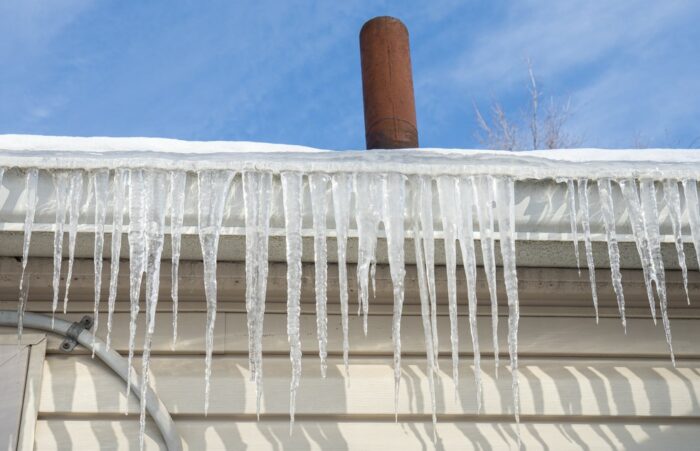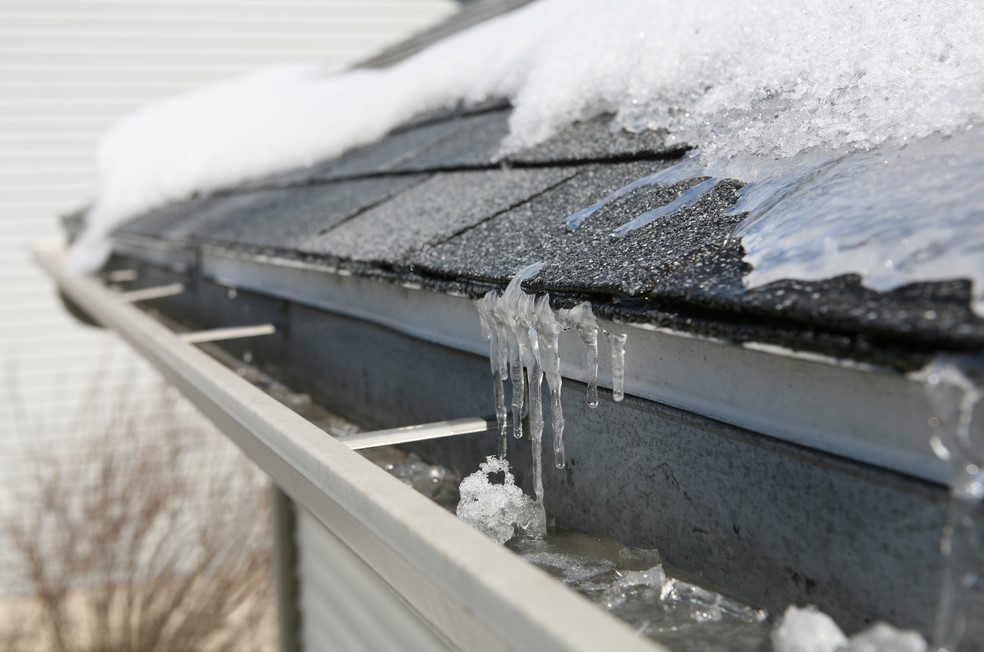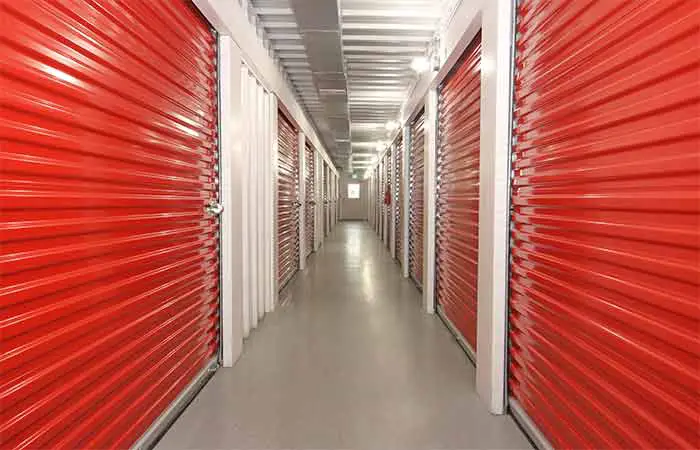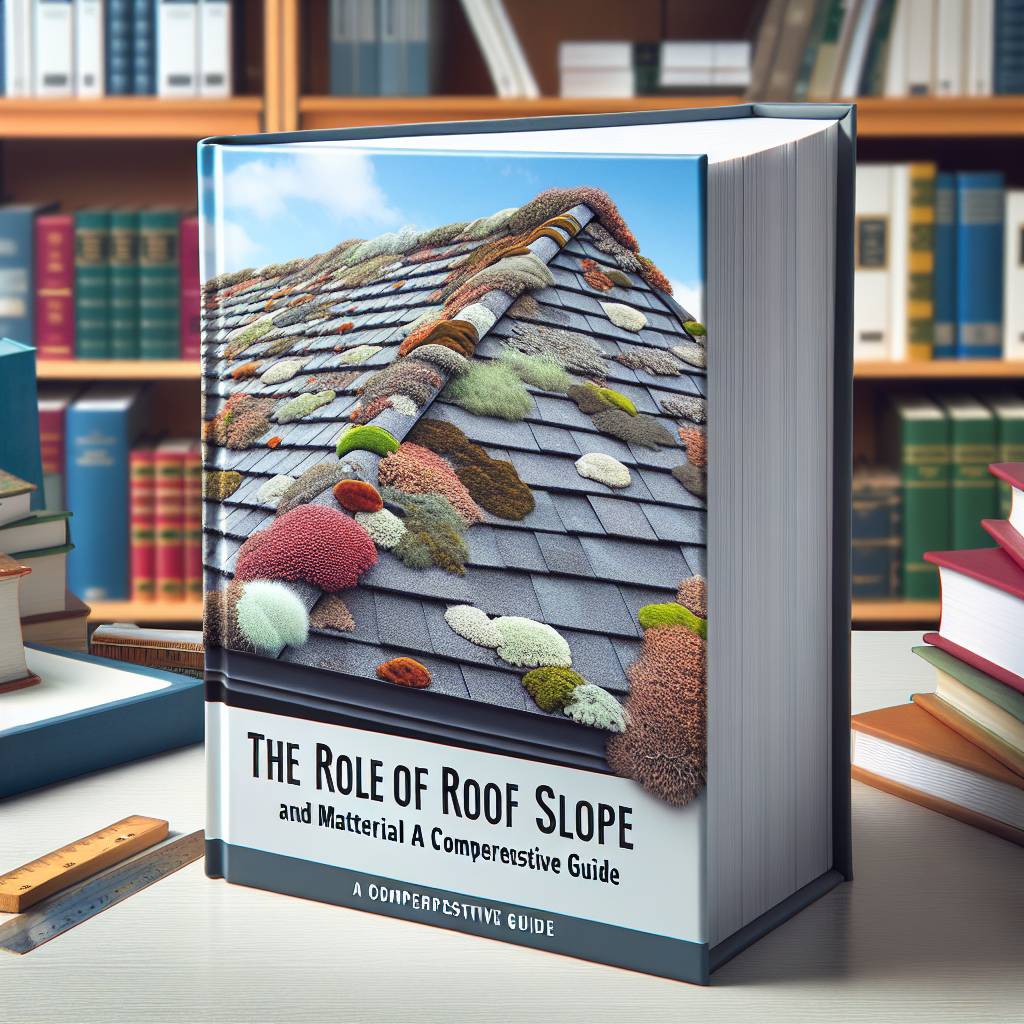The winter season brings about the spirit of holiday festivities, but it can also bring issues that can wreak havoc on your home’s roofing and gutters. In areas with harsh winters, expect serious roof and gutter system issues.
Several problems may arise once the temperature drops and snow starts to fall. Remember that the severity tends to vary, so it’s important to pinpoint an issue you can readily remedy or if it’s best to consider a roof repair or gutter replacement by a professional. An example is a minimal leakage from a gutter, which you can remedy with sealants as a temporary fix. But for serious damages, it’s best to hire a professional.
Here are some common roof and gutter issues during winter and what you can do to prevent them or keep them to a minimum.
1. Condensation In The Attic
Attic condensation is a common issue during the cold months. This can form due to inadequate insulation and ventilation, which encourages the growth of mold and mildew. As the moisture builds up, it can lead to small leaks and damage to the drywall and woodwork.
In most cases, you’ll notice an evident rise in your utility bill since your system works double-time to deal with the condensation. The ideal way to prevent this issue is to provide proper insulation to your attic and keep the space well-ventilated before winter.
2. Accumulation Of Ice
During winter, the buildup of ice is another concern to watch out for, resulting in blockages in the gutters and restricting the proper drainage of water. An excessive buildup of ice can damage the gutters due to the weight, which may lead to sagging and, eventually, dismantling the gutters from your roof.
A severe case of ice buildup is called an ice dam. Once the snow on your roof starts to melt from the heat within your home, the water will trickle down into the gutters, solidifying again and forming an ice dam. The water ends up stuck behind the ice dam and results in leakage.
An ideal way to prevent ice buildup is to keep the gutters free of debris. Before winter sets in, thoroughly clean the gutters for a constant water flow.
3. Tree Branches And Limbs
If your property has several trees, the chances of tree branches or limbs damaging your home’s roofing are high. The tree branches may scrape the surface of asphalt shingles or pull them up, allowing moisture to enter. In another scenario, heavy tree limbs that fall on your roof may result in damage. It can be a minor dent to the roofing material, but significantly heavy tree limbs or branches that drop on the roof due to severe weather conditions can pierce or puncture the roof.
You can prevent potential damage from tree branches or limbs by trimming the trees on your property during the summer and autumn seasons. Trim away any branches or limbs within six feet of your root.
4. Flashing Leaks
A sloping roof is a common choice for most homes. However, a sloping roof may be susceptible to leaky flashings at some point. The flashing plays a key role by bridging gaps between the roofing material and exposed lower surfaces to prevent moisture entry.
Flashing is present around a skylight or chimney and in the valley of a slope. Properly installing the flashing is crucial since it can result in issues such as leaks due to snow buildup during the winter. An ideal way to prevent leaks is to schedule routine inspections by a professional at least twice a year to perform the necessary replacement.
5. Formation Of Icicles
If you find icicles during the winter, they typically form once your home warms up, causing the snow on the roof to melt. As it starts to melt, the water solidifies once again and forms into icicles.

Similar to preventing the formation of ice dams, keep the gutters regularly clean and free of debris, especially before the winter season. Remember that icicles can pose a hazard, especially if they fall to the ground.
6. Blocked Downspouts
Once the gutter system in your home has blockages, it can result in serious issues during the winter. A blockage prevents ice, snow, and rain from flowing freely out of the downspouts. Furthermore, they solidify and block the entire gutter system.
If this occurs, water will eventually leak from behind the gutters, harming your roof and foundation. Maintaining clean and debris-free gutters and downspouts is the best way to avoid any blockages during the winter season.
Final Thoughts
The winter season can bring several problems to your home’s roof and gutter system. Luckily, knowing about the common roof and gutter issues and timely preparations for the arrival of winter will go a long way in keeping issues at bay. Moreover, keep your gutters clean and schedule regular roof inspections with a professional to help minimize damage to a manageable level. Lastly, make sure your roof and gutters stay in good shape before the cold season arrives.






